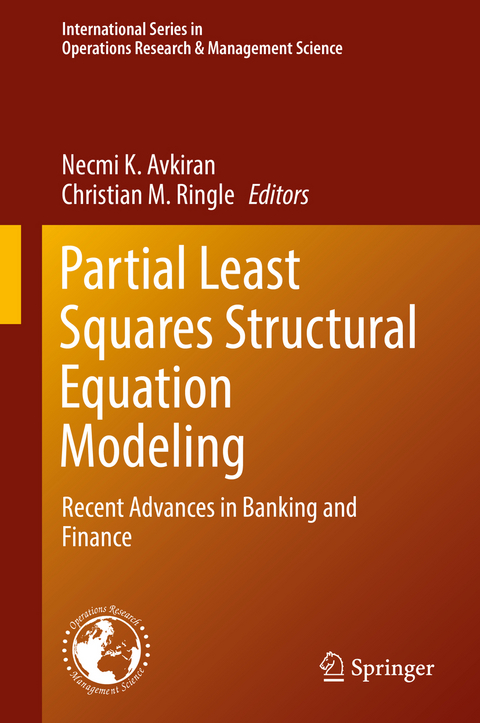
Partial Least Squares Structural Equation Modeling
Springer International Publishing (Verlag)
978-3-319-71690-9 (ISBN)
PLS-SEM is already a popular tool in marketing and management information systems used to explain latent constructs. Until now, PLS-SEM has not enjoyed a wide acceptance in Banking and Finance. Based on recent research developments, this book represents the first collection of PLS-SEM applications in Banking and Finance. This book will serve as a reference book for those researchers keen on adopting PLS-SEM to explain latent constructs in Banking and Finance.
Necmi Kemal Avkiran is currently an Associate Professor in banking and financial studies. The main focus of his research has been bank performance measurement. Necmi is currently studying the efficiency of bank networks and transmission of systemic risk. He specializes in the applications of the productivity measurement technique data envelopment analysis and structural equation modelling in the service sector. He holds an award for excellence from the MCB University Press for a research paper on bank customer service quality, and his publication on bank networks has been identified by Thomson Reuters Essential Science Indicators as a featured Fast-Breaking Paper in the field of Economics & Business, August 2010.
Chapter 1: Rise of the partial least squares structural equation modeling: An application in banking,- Chapter 2, Bank soundness: A PLS-SEM approach.- Chapter 3: The customer loyalty cascade and its impact on profitability in financial services.- Chapter 4: Corporate reputation: The importance of service quality and relationship investment.- Chapter 5: The Compliance Index Model: Mitigating compliance risks by applying PLS-SEM to measure the perceived effectiveness of compliance programs.- Chapter 6: Why should PLS-SEM be used rather than regression? Evidence from the capital structure perspective.- Chapter 7: Management Accounting and Partial Least Squares-Structural Equation Modelling (PLS-SEM): Some Illustrative Examples.
| Erscheinungsdatum | 08.03.2018 |
|---|---|
| Reihe/Serie | International Series in Operations Research & Management Science |
| Zusatzinfo | X, 239 p. 33 illus., 2 illus. in color. |
| Verlagsort | Cham |
| Sprache | englisch |
| Maße | 155 x 235 mm |
| Gewicht | 543 g |
| Themenwelt | Mathematik / Informatik ► Mathematik ► Finanz- / Wirtschaftsmathematik |
| Wirtschaft ► Betriebswirtschaft / Management ► Unternehmensführung / Management | |
| Schlagworte | Banking and finance • Financial Risk • Latent Constructs • Non-Parametric • Partial Least Squares • PLS-SEM • risk tolerance |
| ISBN-10 | 3-319-71690-5 / 3319716905 |
| ISBN-13 | 978-3-319-71690-9 / 9783319716909 |
| Zustand | Neuware |
| Haben Sie eine Frage zum Produkt? |
aus dem Bereich


